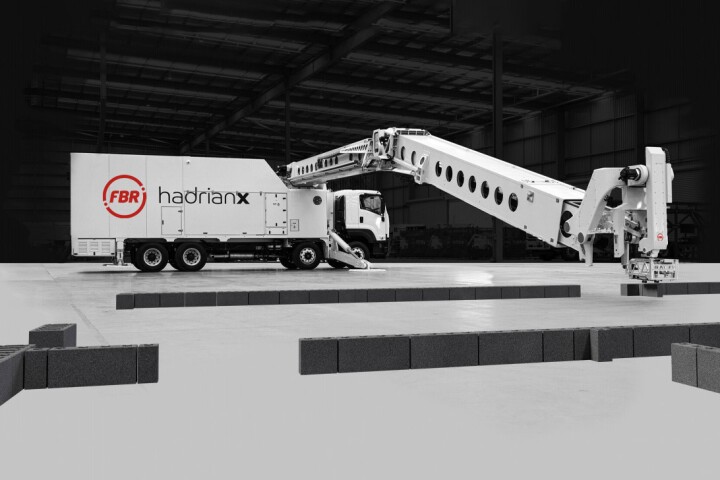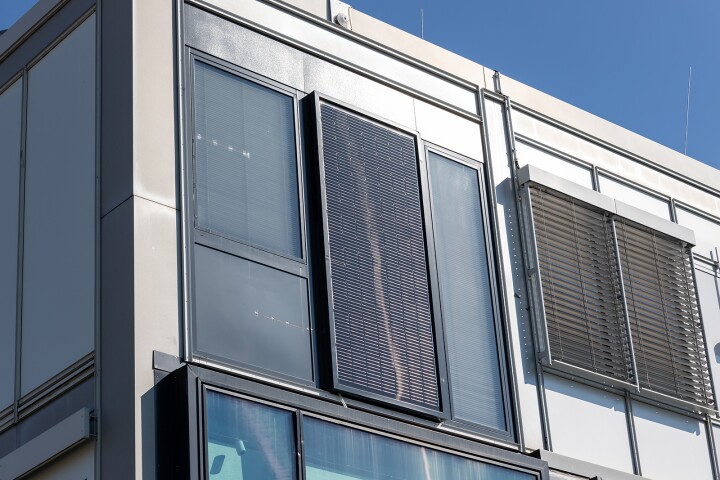Building
-
A robotic truck equipped with a mighty telescopic boom arm has just journeyed from Australia to Florida. Now the construction robot will get busy churning out up to 10 houses in a bid to become the employee of choice for building entire communities.
-
A new 3D construction printer from Icon can whip out two-story concrete buildings faster and cheaper than its previous Vulcan printer. It has already been used to build a 27-ft-high structure called Phoenix House, now on display in Austin, Texas.
-
Thanks to our high demand for concrete, the world may eventually run out of accessible sand. Scientists at Rice University have now shown that substituting graphene can not only save sand, but makes concrete lighter, stronger and tougher.
-
The extraordinary Hadrian X bricklaying robot rocks up to a building site looking like a regular truck, then extends a 32-m (105-ft) boom arm and starts precisely laying up to 300 large masonry blocks an hour. It's pretty remarkable to watch.
-
Bacteria often get a bad rap, but in many cases they’re helpful little critters. Engineers have now developed a protective coating for buildings that’s loaded with bacteria, which absorb CO2 to produce a barrier against erosion by the elements.
-
The Exchange tower in Detroit is nearly finished, a 207-ft-tall proof-of-concept for an advanced modular construction technique. Its floors were each pre-built on the ground, then hoisted up on central spines and installed from the top down.
-
HP has put forward a small robot it says can dramatically speed up construction work, by autonomously printing guidelines straight from the blueprints onto the floor. Rugged, roadworthy and extremely accurate, Siteprint is a super-quick layout tool.
-
Sending materials into space is expensive, so the more astronauts can make on-site, the better. Engineers have now demonstrated how crushed Martian rock could be mixed with a titanium alloy to make 3D-printable building materials.
-
A large percentage of a building’s energy usage is consumed by heating and cooling, but a new dynamic shading system could help. Inspired by the skin of krill, the system uses cells of blooming pigment that can block light on demand.
-
Heating and cooling buildings is a major consumer of energy, especially older ones that weren’t built with modern energy efficiencies in mind. Now Fraunhofer engineers have developed a modular solar-powered facade that can heat or cool rooms.
-
We've seen a host of superb architecture projects reach completion this year, from innovative social housing to creative performance spaces and even an otherworldly museum inspired by the cosmos. Here's our pick of the best buildings of 2021.
-
Concrete is the most widely used building material in the world, but it comes at a huge environmental cost. Engineers in Japan have developed a new technique to make concrete by recycling waste concrete and combining it with captured carbon dioxide.
Load More











